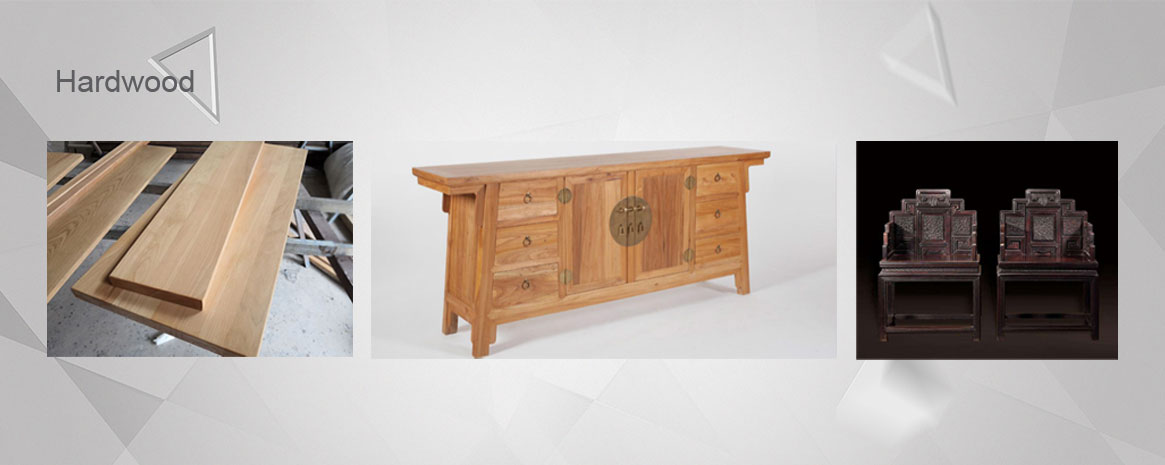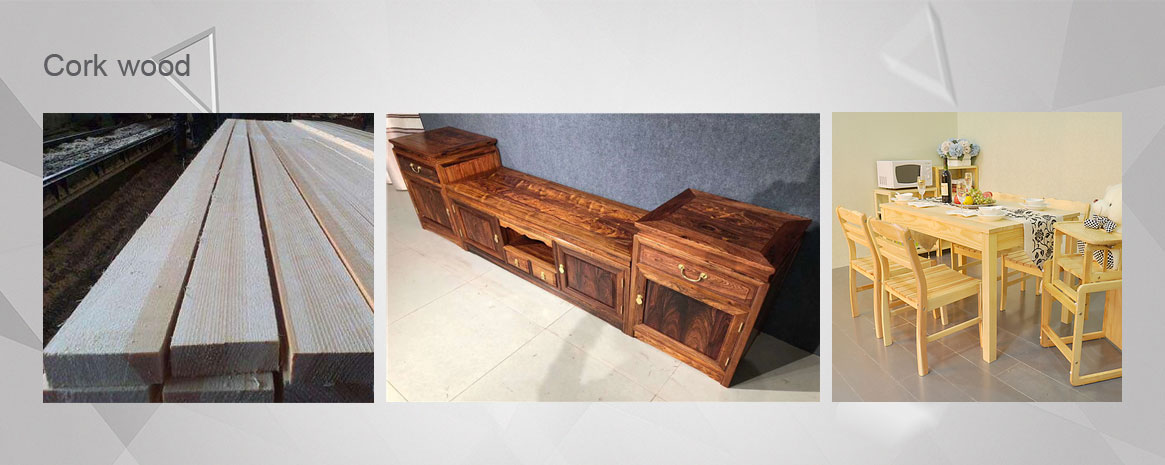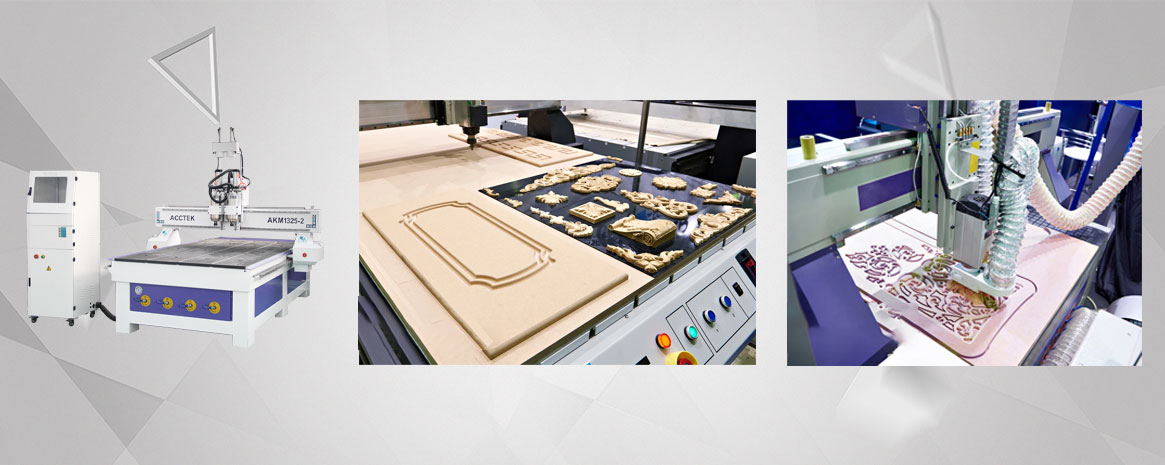Many of our customers are practitioners in the wood carving industry. Today, ACCTEK has sorted out the difference between hardwood and softwood, and what different types of wood should pay attention to when using
cnc router machines. I hope it will be helpful to everyone when using the cnc router to cut and engrave wood.
The following is an introduction to hardwood and softwood, I hope to help you start your next CNC woodworking job.
Hardwood
Hardwood typically comes from deciduous trees (trees that shed their leaves in the fall) and are for the most part harder, darker, and more durable than softwood. They are great for cutting intricate details and for making smaller cuts, but make sure to check the RPM of your bit before you cut. If your RPM is too high, it can cause hardwood to start to burn right there on the router table.
Hardwood grows a bit more slowly than softwood, and because of this it can tend to be a bit more expensive, but it is still a long-lasting material great for crafting high-quality furniture, decks, flooring, and more. Here’s a look at several popular types of hardwoods and their key characteristics.
Cherry is a light reddish-brown hardwood that is strong and resistant to warping, making it a popular choice for carving.
Elm is light brown in color and tough, though it does have a fairly low decay resistance.
Maple is one of the hardest woods out there and is useful for its durability. It also resists electrical shock well and has even pores and grain.
Oak is heavy and hard and rarely breaks. Its ring grain is prominent, making it useful for beautiful visual applications.
Walnut is a strong, durable brown hardwood with a straight grain in its trunk that grows wavier toward the roots.
Softwood
Softwood is mostly derived from coniferous trees (trees that have needles that don’t shed in the winter) and are often lighter in color. Most timber comes from softwood. It is often easier to cut – but if your bit is dull or of poor quality, splintering is likely to occur.
Furniture, doors, windows, and paper products are some popular uses of softwoods. Here are some popular kinds that could serve you well on your next CNC project.
Cypress is known for having knots and is not particularly strong, though it does have good decay resistance.
Pine has a lighter pale color, is lighter in weight, and is resistant to shrinking.
Spruce is one of the harder softwoods and is fairly lightweight, though it is not decay resistant.
Other types of wood
Medium-density fiberboard (MDF) is made of a mixture of hardwoods, softwoods, and wax and resin binders, and while it cuts smoothly and is easy to work with via
CNC machines.
Plywood is created by layering sheets of material together with glue. Because of this, the direction of the grain changes from one layer to the next, making plywood more likely to chip or splinter. It is not recommended to produce high-level CNC work, but it can serve as a good material for practice cuts or economical processes.
Every wood material has different properties and its own set of strengths and weaknesses, and what you’re using in the shop will play a key role in what you’re able to accomplish. Material has an impact on everything from tool choice and feed rate to cutting speed and beyond.
When engraving or cutting wood, it is very important to choose a suitable
cnc router machine. If you encounter problems when choosing the engraving equipment, you can consult online at any time. We will recommend the best machine for you according to the size and thickness of your material and the industry you are engaged in.



